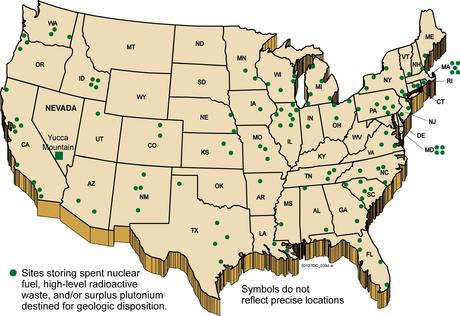
Effects of Radiation: A Mutated Dog
from the region near Chernobyl
First of all, my apologies for the protracted lull in posting - it's been a hectic couple of weeks at school. I considered nuclear power as an installment in this ongoing series about misguided alternative energy "silver bullets" several days before the disaster in Japan struck. Clearly, the tragedy there has increased awareness of nuclear's dangers and upped the sense of urgency in addressing this vital issue, so what I am writing now may not come as a surprise to some. However, it seems to be something worth saying, especially because of the revived global concerns about nuclear power.

Moreover, these concerns don't begin to address the other problems with nuclear energy (such as the present ones in Japan, for instance). Vulnerable to natural disasters, maintenance accidents, and terrorist attacks, they pose a grave danger to anyone in the immediate vicinity. And if they are destroyed, as in the case of Chernobyl, they can create areas of long-term desolation that profoundly affect the quality of human and animal life (see picture at top). Nuclear could solve our global warming woes, but in the long run, it only cordons off section after section of our planet as unusable, ravaging ecosystems in the instance of accidents and filling the ground with hazardous materials. In this way, nuclear is the least green and sustainable. It is the proverbial out of the frying pan and into the fire situation. If we abandon fossil fuels for nuclear, we may quell the destructive power of climate change. Unfortunately, we will only be entrenching ourselves in a still greater problem. There is hope that the world will come to appreciate the awful force of nuclear radiation, most of all in light of recent events. In the interim, it's time for US leaders to acknowledge that this method of powering the country is deeply flawed.

